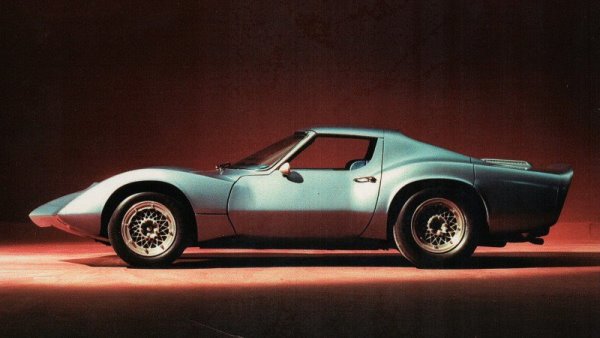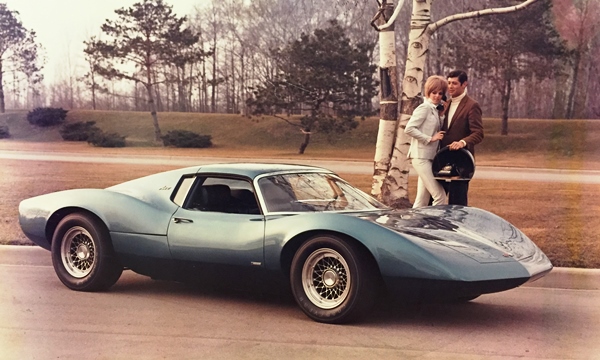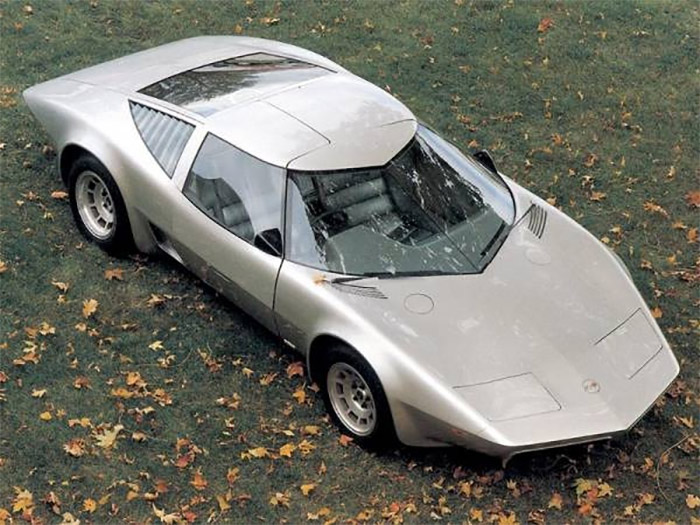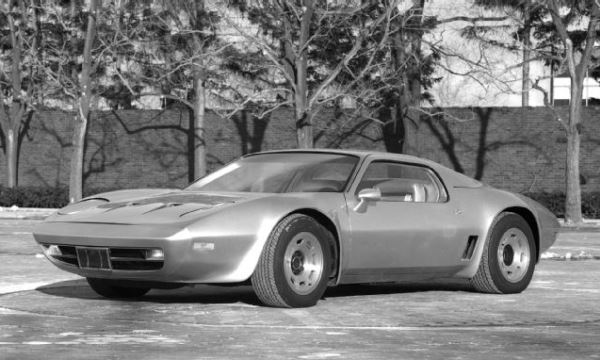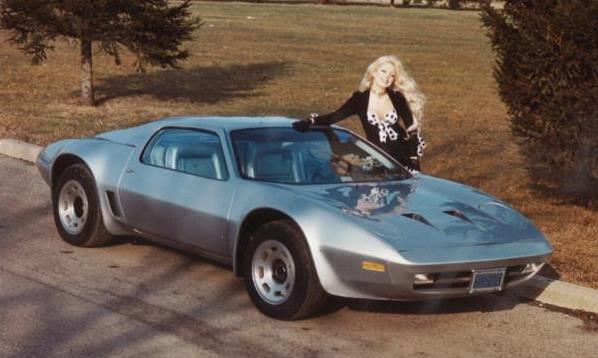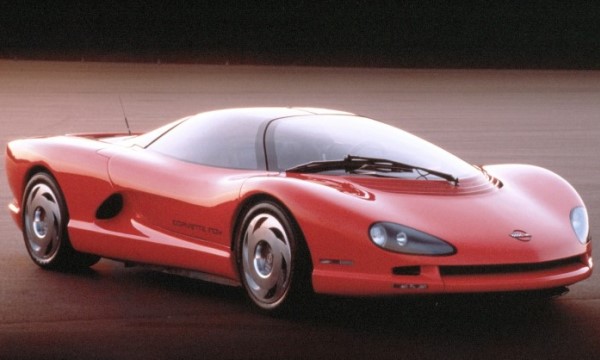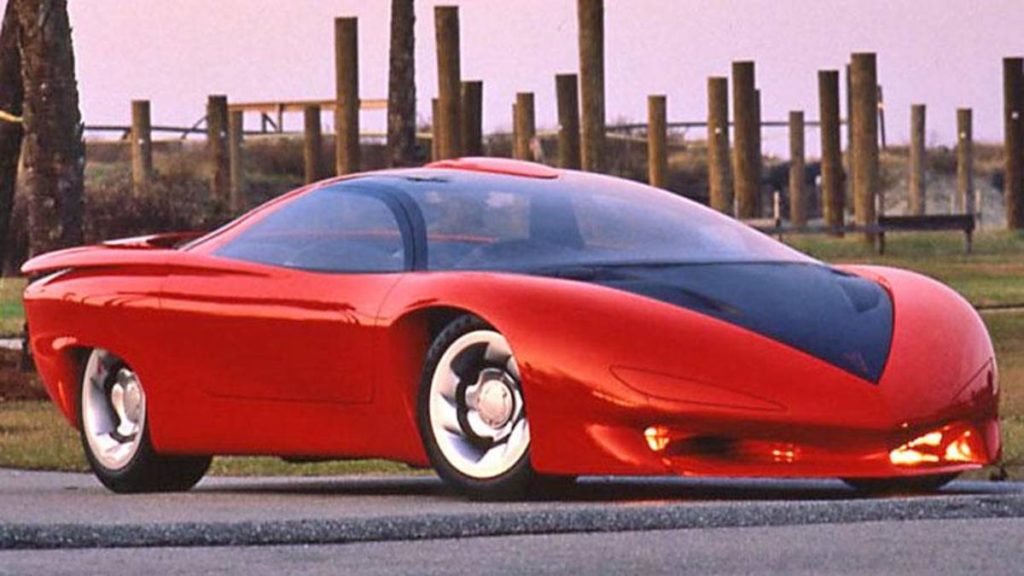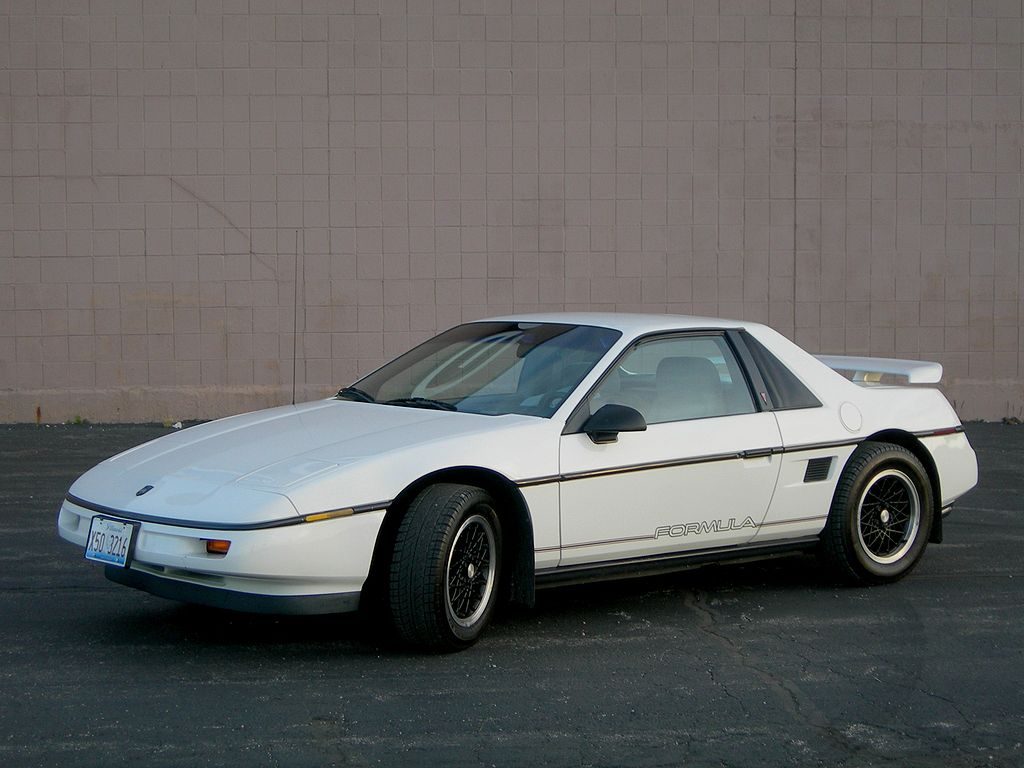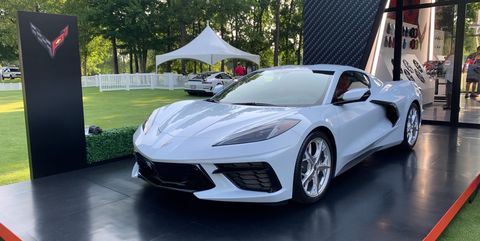Some might argue that the first “mid-engine Corvette” was actually a ship dating back as far as the 1700s. All jokes aside… the sports car whose namesake is a ship, has actually had several mid-engine prototypes over the years. Let’s take a quick dive into the mid-engine ‘Vette evolution!
Picture it… Bowling Green, 1964.
With the sudden end to the Corvair production (thanks to some bad publicity) the engineers at Chevrolet decided to attempt to modify and graft a “C3-like” body to the Corvair rear-engine, rear-drive layout code named: the XP-819 prototype (below).
Reportedly, the handling of the XP-819 was an utter disappointment and the vehicle suffered a crash during tests. Officials ordered its immediate disassembly. Decades later, the remaining pieces were found, reassembled and restored by a dedicated Corvette enthusiast.
Project Astro
No, not the Chevy Astro vans we became familiar with in the ’80s… but rather two more Corvair-based prototypes built in 1967. Both the Astro I and II were powered by V8 “big blocks” mated to a Pontiac Tempest drive-train. Officially designated XP-880, the Astro II (above) was unveiled at the 1968 New York Auto Show. With its now center-oriented engine, backbone chassis design and two-speed automatic, the Astro wasn’t especially road-friendly and Chevrolet engineers returned to the drawing board.
The Aerovette
Refusing to give up, the engineers at Chevrolet pushed for a solution to this mid-engine ‘Vette problem and by 1969, they thought they’d nailed it. The XP-882 “Aerovette” (above) like its predecessor was powered by a big-block V8 but this time mounted transversely and mated to an Oldsmobile Toronado transmission behind the driver.
A mid-engine Vette for the Disco Era
By 1973, attempting to push the innovation envelope even further, the Aerovette was equipped with a 4-rotor GM Wankel (rotary power-plant). Unfortunately, GM’s “Wankel program” was abandoned and therefore the final iteration of the Aerovette received a small-block LT1 V8. Although the Aerovette was sexy and seemingly popular, it never came into production. That didn’t stop the engineers from trying again.
An all-new prototype called the XP-895 was being designed alongside the XP-882 (Aerovette) in 1972. Two mid-engine Vettes? No way! The brilliance behind the XP-895 was to take the Aerovette’s slightly overweight chassis and put it on a diet. And who better to take on the task than GM’s superstar designer John Z. DeLorean. Using something known as “the Reynolds Aluminium Concept” he developed aluminum bodies that reportedly weighed 450 lbs less than the original design. The 895 proved to be a rather expensive endeavor because of the welding and bonding techniques necessary to render the chassis components, and therefore the project was closed. (Note: If you would like to get up-close-and-personal with an Aerovette today, visit the GM Heritage Center in suburban Detroit or the National Corvette Museum (NCM) in Bowling Green, Kentucky).
The Digital Age: Corvette Indy
If you don’t succeed, wait a while and try again. The Indy first appeared at the 1986 Detroit Auto Show as a rolling chassis. It boasted features like a one-piece passenger canopy, carbon bodywork, and an early version of the “Northstar” 32-valve DOHC V8 found in later Cadillacs. While the Corvette Indy (below left) never made it past the show floor, it did spawn the 1988 Pontiac Banshee IV (below right) and 1990 CERV III concepts as well. (Note: In a prior article we covered the evolution of some prototypes in a “where are they now” fashion – check out the similarities between all the Banshees and the Vettes mentioned here).
The Forgotten and Misunderstood – the ’90s.
Even though there was no mid-engine Corvette prototype specifically for the mid-’90s and early-2000s, we shouldn’t forget that GM did produce a mid-engine sports car for the masses, under the name “FIERO.” The Fiero came in a 2M4 and 2M6 option, with a transversely mid-mounted 2.5-litre 4 or 2.8-litre 6 cylinder engine. #nothingtoseehere
Fast Forward >> 2019.
It’s been about 30 years since the last mid-engine Corvette concept, so that’s enough time for people to have forgotten all the trials and failures, right?
The question bears repeating: Is the C8 the first mid-engine Vette? — Technically… it IS the first PRODUCTION mid-engine Corvette. But is it the absolute first? #hardno. We know there has been a lot of controversy about this radical shift from the “classic Corvette” design we’ve come to adore, but it does seem like this is an idea that has been a long time coming. And if, maybe just IF, the engineers had found a way to “make it work” all those years ago… a Front-Engine, Rear-Drive Corvette would seem odd to us today. #foodforthought. Overall, we’re still excited to see what develops for this new model and how it’s going to feel on track. And to GM… (after 55 years) we’re glad you finally “figured it out.”
What are your thoughts on the new C8? Leave your comments below, we’d love to hear them… good, bad or indifferent. #neverstoplearning.



